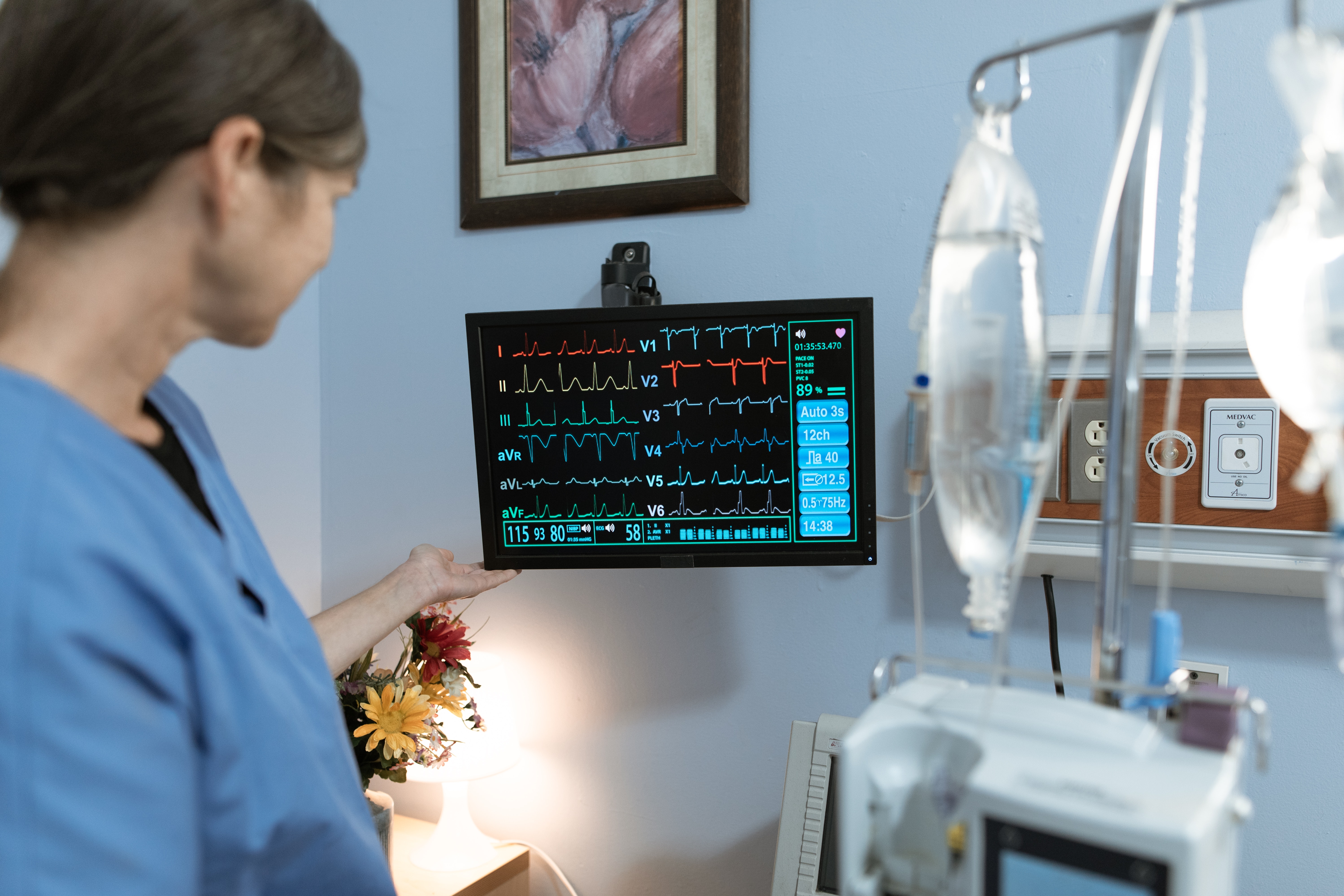EKG Recognition Course
Online | $60 | 6.5 Hours
Most healthcare facilities require electrocardiogram (EKG) skills for their healthcare professionals, and the demand only continues to grow. Lifework Education offers a basic EKG course online to help increase your career prospects.
Enroll today and take your career to the next level.

EKG Recognition Course Content
EKG monitoring is vital in healthcare positions involving cardiac patient care. Accurate recognition can help healthcare professionals identify cardiac rhythms that indicate potentially life-threatening conditions.
This six-and-a-half-hour EKG course outlines the circulatory system, cardiac conduction system and EKG waveform layouts, including the P-wave, R-wave, T-wave, PR intervals, QRS complex and ST segments. Students will also learn about pacemakers, their differences, uses and troubleshooting techniques. Each area is essential for proper EKG monitoring and can influence the best patient outcomes.
At the end of the course, healthcare professionals should understand the anatomy and physiology of the cardiac system, EKG electrode placement, recognition of lethal and nonlethal dysrhythmias and how to use cardiac monitoring equipment.
Technical Skills and Objectives
Students will learn various techniques surrounding EKG recognition and related disease identification. Some of the primary course objectives include:
- The importance of an EKG
- Skills needed to perform an EKG
- The structures, valves and chambers of the heart
- The cardiac cycle
- Components of the conduction system
- Each part and conduction activity of the EKG waveform
- Calculating patient heart rates
- The difference between EKG and cardiac monitoring
- Components and process of the rhythm
- Process and criteria to determine a dysrhythmia
- Normal sinus rhythm
- Sinus dysrhythmia
- Sinus tachycardia rhythm
- Sinus arrest rhythm
- Junctional dysrhythmias
- Supraventricular tachycardia (SVT)
- Variety of heart blocks
- Ventricular dysrhythmias
Who Should Enroll in an EKG Recognition Course?
Lifework Education offers EKG training for nurses, healthcare professionals and caregivers responsible for cardiac patient care. This course covers basic to advanced techniques, making it ideal for anyone in the healthcare field who wishes to improve their EKG interpretation skills.
How to Enroll in EKG Certification Online
Because EKG certifications are designed for healthcare professionals, you must have a foundational knowledge of anatomy and physiology and some field experience. Lifework Education makes it easy for eligible students to sign up through our online portal.

Related Courses and Certifications at Lifework Education
Lifework Education is passionate about helping individuals enhance their medical career opportunities. We offer additional relevant courses and certifications that will aid your EKG and life support knowledge, including:
EKG Course Approvals
Lifework Education is proud to offer our proprietary CPR and First Aid certification courses. We are also a national partner and Licensed Training Provider with the American Red Cross (ARC) and operate several American Heart Association (AHA) and Health and Safety Institute (HSI) Training Centers. All resuscitation courses follow the guidelines published by the International Liaison Committee on Resuscitation (ILCOR).
We offer several professional training programs, including EMT, CNA, Caregiver and phlebotomy, all of which are approved by the relevant state agencies. Currently, only the paramedic program is included under the ABHES grant of accreditation.
Lifework Education’s paramedic program is accredited by CAAHEP under the recommendation of CoAEMSP and institutionally accredited in Peoria, Arizona, by the Accrediting Bureau of Health Education Schools (ABHES).
Learn EKG Interpretation Skills With Lifework Education
Are you ready to advance your skills and improve patient outcomes? Enroll in the next EKG Recognition online course for a convenient and flexible learning experience.
Note: Continuing education courses are not included within this institution’s ABHES grant of accreditation
.png)
